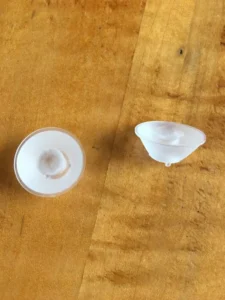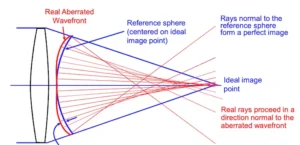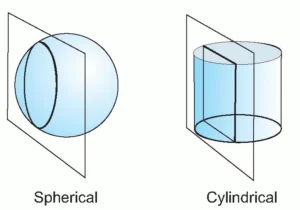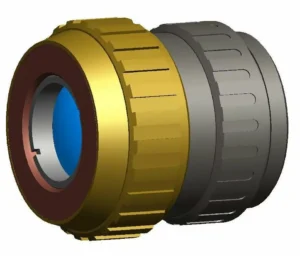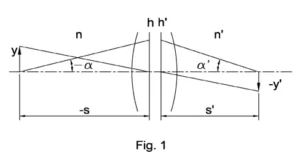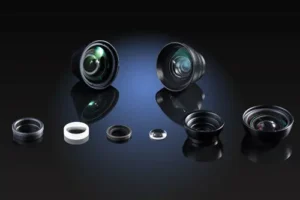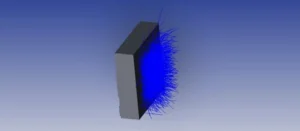Stereo lens pairs are designed to capture two slightly offset images, mimicking the way our eyes perceive the world. When these images are combined and viewed with the appropriate technique, such as stereoscopy, they create a three-dimensional effect, adding depth and realism to photographs.
The primary application of stereo lens pairs is, of course, 3D photography. This technology has applications in various fields, including architecture, product photography, and even virtual reality content creation. It allows photographers to create images that feel more lifelike and immersive. Stereo imaging has also been crucial in scientific research.
It aids in capturing and analyzing three-dimensional data, making it invaluable in fields such as biology, geology, and medicine. Finally, in the world of cinema, stereo lens pairs are used to capture 3D movies. This technology has transformed the movie-going experience, bringing viewers closer to the action on the screen.
Key Requirements
To design and use stereo lens pairs effectively, several key requirements must be met:
Precision Optics: Stereo lens pairs demand high-quality optics to ensure that the two images captured are as close to identical as possible. This precision is crucial for creating a seamless 3D effect.
Alignment: The alignment of the two lenses is critical. They must be precisely parallel to each other to capture images that can be easily combined in post-processing.
Image Synchronization: In 3D photography and cinematography, it’s essential to synchronize the shutter release of both lenses. This ensures that the two images are captured at precisely the same moment.
Post-Processing Software: After capturing images with a stereo lens pair, post-processing software is used to merge the two images and create the final 3D effect. Familiarity with such software is essential for photographers working with stereo lens pairs.
The Evolution of Stereo Lens Pairs
Stereo lens pairs have come a long way since their inception. Modern technology has made them more accessible and versatile. Today, you can find stereo lens attachments for smartphones, 3D cameras, and even specialized lenses for digital single-lens reflex (DSLR) cameras. Two main actors in the design of comercial 3D stereo lenses are Loreo 3D Macro Lens in a Cap and the Kúla 3D lens.
Loreo 3D Macro Lens in a Cap
Overview: The Loreo 3D Macro Lens in a Cap is a fascinating piece of technology. It’s designed to extend the capabilities of digital SLR cameras into the realm of macro 3D photography [1].
Application: This lens is ideal for capturing intricate 3D details in close-up subjects, making it a favorite among macro photographers. It can be used for various purposes, including product photography, scientific imaging, and even creative art projects.
Key Requirements: To make the most of the Loreo 3D Macro Lens, you’ll need an SLR camera. It’s also important to have a good understanding of macro photography techniques and 3D composition.
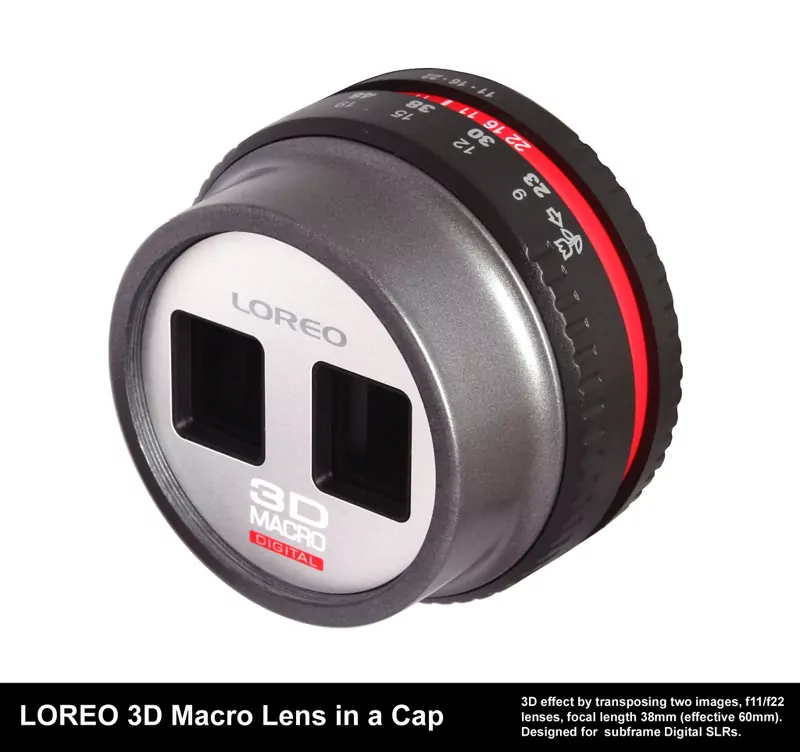
Kúla 3D Lens
Overview: The Kúla 3D lens is another innovative product that allows you to create 3D images with a regular camera. It attaches to your camera’s lens and works by capturing two slightly offset images simultaneously.
Application: Kúla 3D is versatile and can be used for various applications, including landscape photography, portrait photography, and even 3D video recording. It’s a handy tool for adding depth to your creative projects.
Key Requirements: Kúla 3D is compatible with a wide range of cameras and lenses. To use it effectively, you’ll need a camera with manual exposure settings to control the image capture process.
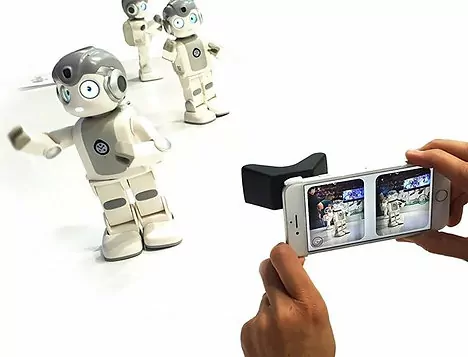
In conclusion, designing stereo lens pairs like the Loreo 3D Macro Lens and the Kúla 3D lens opens up exciting possibilities in the world of 3D photography. These lenses have unique applications and can add depth and dimension to your images. To make the most of these systems, having the right equipment and knowledge is essential. Whether you’re a professional photographer or simply an enthusiast looking to explore the world of 3D photography, these products can be valuable tools in your creative arsenal.
🌐 Sources
- [betterfamilyphotos.blogspot.com – Exploring 3D Photography with the Loreo 3D Lens in a Cap](http://betterfamilyphotos.blogspot.com/2013/02/exploring-3d-photography-with-loreo-3d.html)
- [loreo.com – LOREO 3D Macro Lens in a Cap (Model 9006)](http://www.loreo.com/3dmacrolenscap)
- [kula3d.com – 3D lens | Kúla 3D | Iceland](https://www.kula3d.com/)
